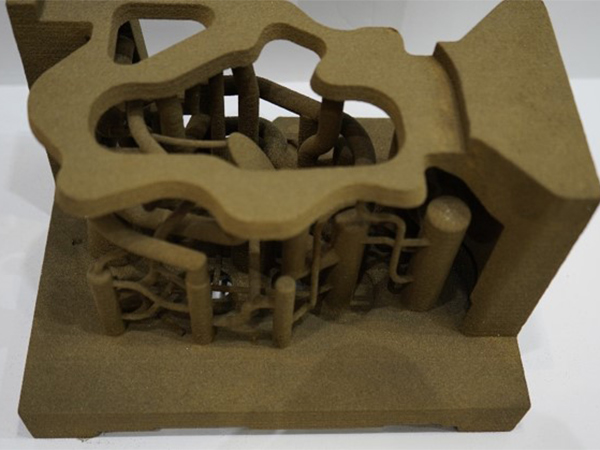The Significance of Resin Coated Sand in Modern Foundries
In the ever-evolving landscape of metal casting, the choice of sand for molding has a substantial impact on the quality and efficiency of the final product. Among various materials available, resin-coated sand has emerged as a standout option, especially in the foundry industry. It is playing an increasingly vital role due to its superior properties, which enhance mold strength and surface finish, making it a preferred choice for high-precision casting projects.
The Significance of Resin Coated Sand in Modern Foundries
One of the primary advantages of resin-coated sand lies in its excellent resistance to thermal degradation. During the metal casting process, molds are subjected to extremely high temperatures that can weaken traditional sand molds. In contrast, resin-coated sand maintains its structural integrity under these conditions, which helps prevent defects such as mold collapse or warping. This thermal resilience not only enhances the lifespan of the molds but also increases overall productivity by minimizing the need for repairs or replacements.
resin coated sand

Furthermore, resin-coated sand significantly improves the surface finish of castings. The smooth surface of the grains helps to produce molds that yield finely detailed castings with minimal surface defects. This aspect is critical for industries that require high aesthetic quality and low tolerances, as it reduces the need for extensive post-casting machining or finishing processes, saving both time and costs.
Environmental considerations are also important in today’s manufacturing landscape. Traditionally used sand casting processes can generate a significant amount of waste and pollution. Resin-coated sand systems can mitigate some of these environmental issues. Although the chemical resins need careful handling, the improved durability and reusability of resin-coated sand allow for better resource management. Many foundries are now adopting practices where used sand is collected, treated, and reused multiple times, significantly reducing waste while minimizing the need for fresh raw materials.
Additionally, advancements in technology have been pivotal in refining the manufacturing processes of resin-coated sand. Automation and improved curing techniques ensure consistency and reliability in the production of resin-coated sand. Moreover, ongoing research into eco-friendly and less hazardous resins offers promising prospects for making resin-coated sand processes even more sustainable and compliant with environmental regulations.
In conclusion, the use of resin-coated sand in modern foundries signifies a remarkable shift towards achieving higher quality, efficiency, and sustainability in metal casting. Its inherent properties—such as enhanced mold strength, superior thermal resistance, and outstanding surface finish—make it an indispensable material in producing high-end castings. As industries continue to pursue innovations in manufacturing, the role of resin-coated sand is likely to expand, paving the way for advancements in casting technology and practices that meet the demands of a more ecologically conscious world.
Post time:វិច្ឆិកា . 07, 2024 23:52
Next:Advancements and Applications of Sand Casting Techniques in Modern Manufacturing
